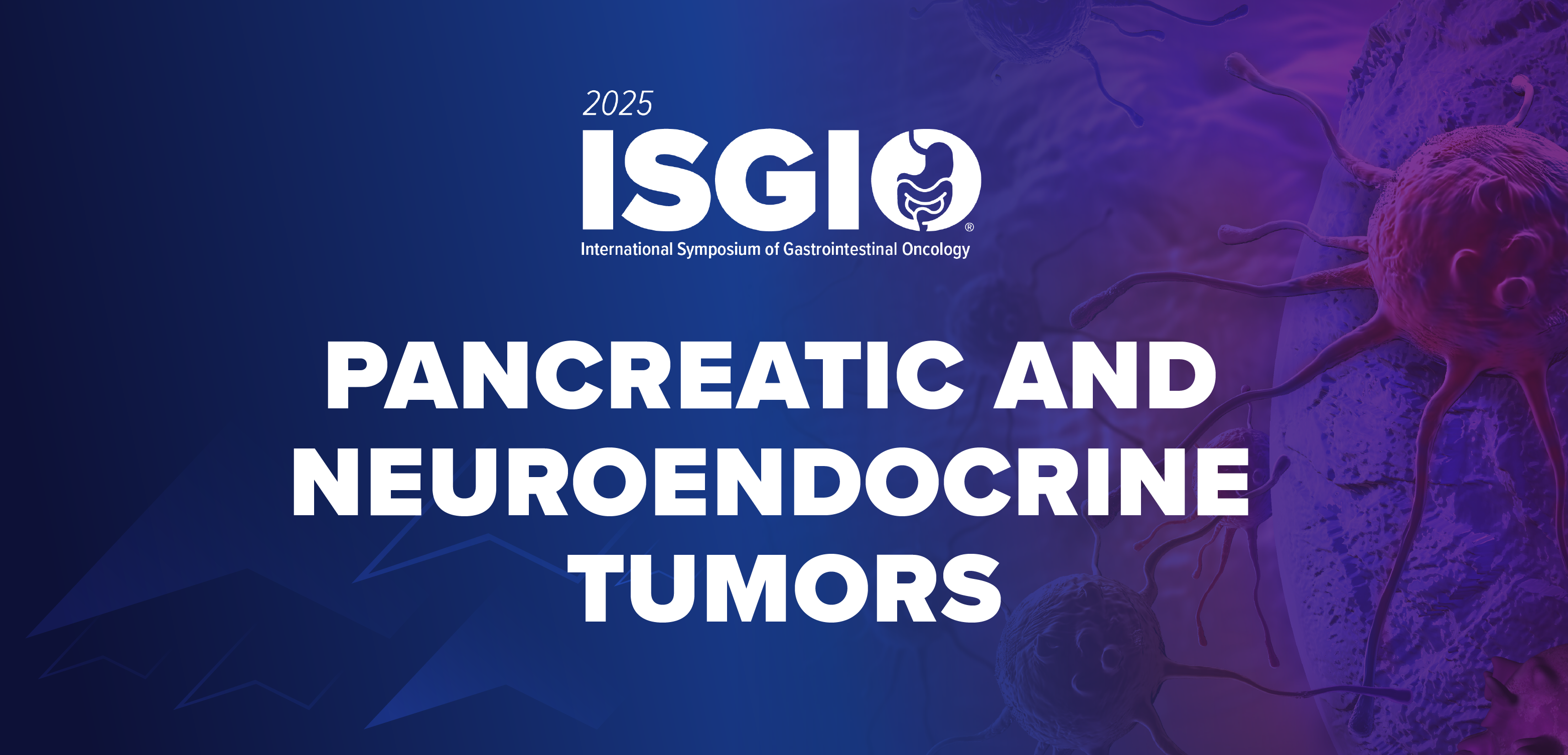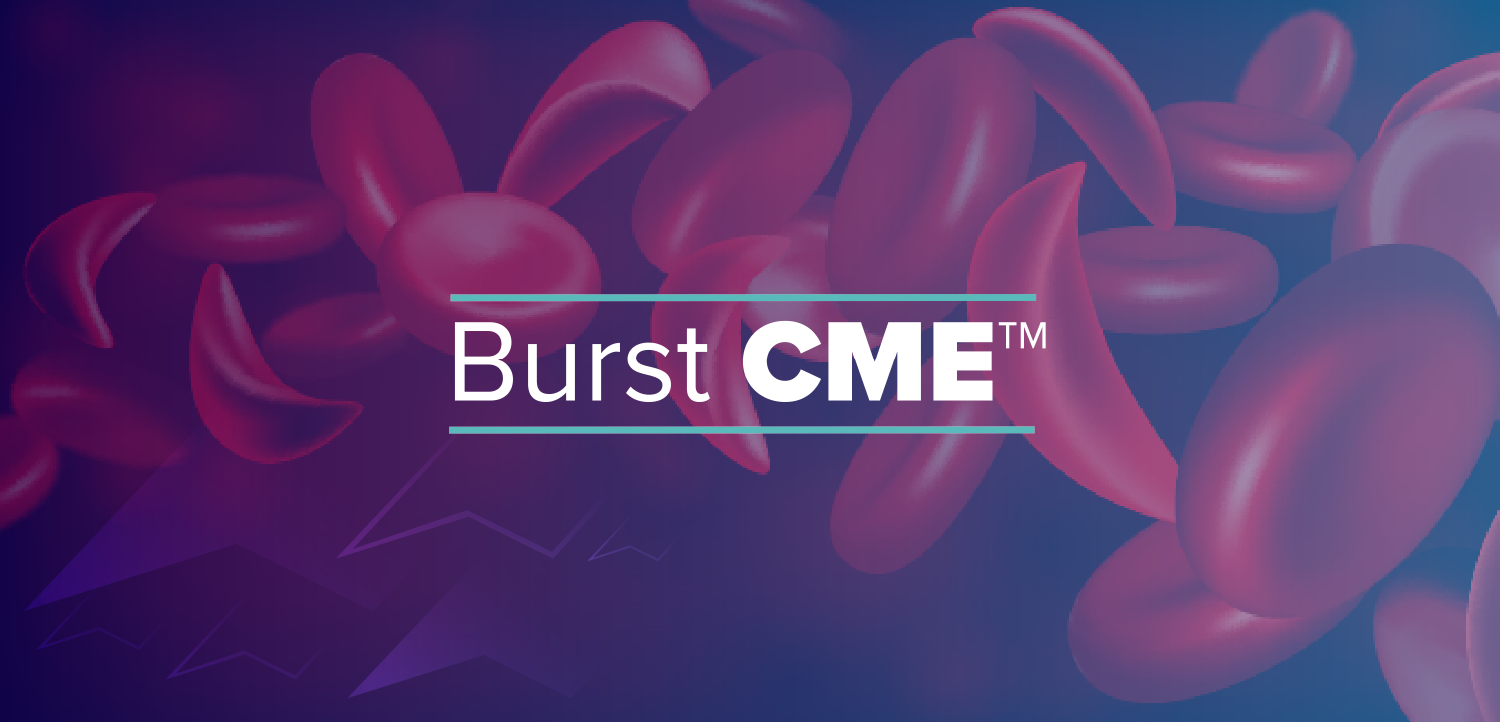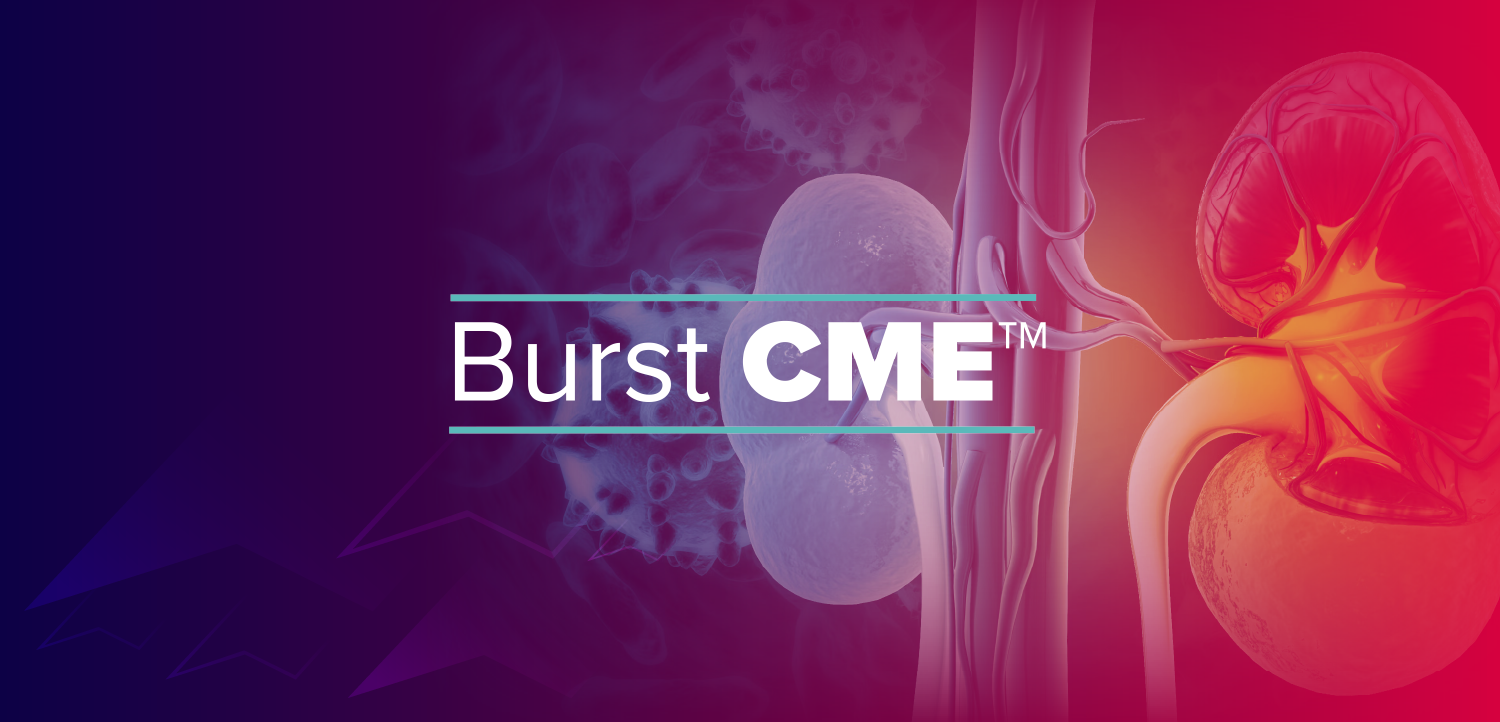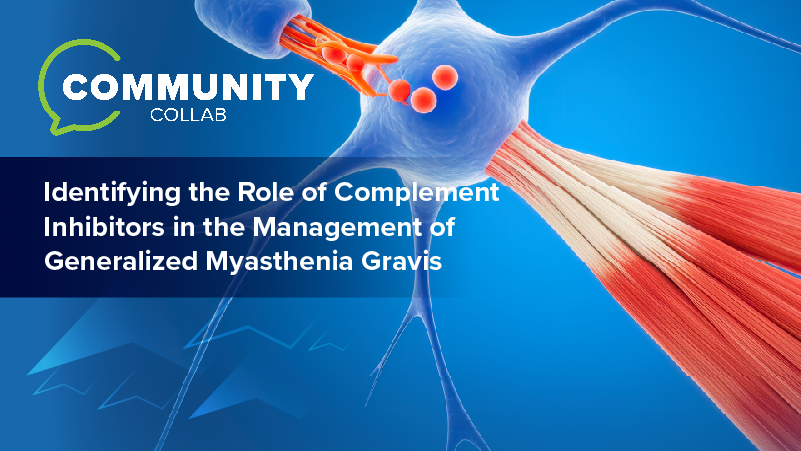
Brain Wave Patterns Could Serve as Biomarkers to Predict Progression From MCI to Alzheimer Disease, Novel Research Suggests
The ability to observe an early marker of Alzheimer disease progression noninvasively marks a new phase of research with potential for improved disease management.
A noninvasive biomarker may help predict which individuals with
The discovery, from researchers at Brown University’s Carney Institute for Brain Science, centers on specific patterns in
“We’ve detected a pattern in electrical signals of brain activity that predicts which patients are most likely to develop the disease within two and a half years,” Stephanie Jones, PhD, professor of neuroscience at Brown and colead of the study, said in a statement.2 “Being able to noninvasively observe a new early marker of Alzheimer’s disease progression in the brain for the first time is a very exciting step.”2
The research team, which included collaborators from Complutense University of Madrid, applied a novel analytic tool developed at Brown called the Spectral Events Toolbox. The computational method analyzes MEG data to identify discrete neuronal events, including timing, frequency, power, and duration. The toolbox is increasingly used to study neuronal dynamics in various neurological conditions.1
In MEG recordings of individuals with AD, a common finding is progressive slowing of brain oscillatory activity, marked by increased delta and theta rhythms, alongside decreased alpha and beta activity, Jones and colleagues explained.3 This pattern emerges early, often during MCI and even earlier, during subjective cognitive decline. The slowing typically progresses from anterior to posterior regions, particularly in the frontal and parietal cortices, aligning with the early accumulation of amyloid in frontotemporal areas.4
Jones et al cite research5 demonstrating that, in accordance with the "X" model of AD progression, individuals who convert from MCI to AD show reduced synchronization between the anterior cingulate cortex and precuneus, brain hubs that are closely linked to amyloid and tau spread. Intensification of MEG-detected slowing correlates with declining cognitive function, particularly in memory and executive processes.5
For its research, the Carney Institute team focused on activity in the beta frequency band, which is known to play a role in memory processing. Among study participants whose condition did progress, the investigators found that “[t]wo and a half years prior to their [AD] diagnosis, patients were producing beta events at a lower rate, shorter in duration and at a weaker power" compared to study participants whose MCI did not progress, Danylyna Shpakivska, the study’s lead author, said.2
While current fluid biomarkers can indicate the buildup of beta amyloid and tau proteins in the brain, this brain activity-based signal may offer a more direct view of how neurons respond to neurodegenerative changes. “A biomarker from brain activity itself represents a more direct method of assessing how neurons respond to this toxicity,” David Zhou, PhD, a postdoctoral researcher in Jones’ lab who will lead the next phase of the project, said in the statement.2
“The signal we’ve discovered can aid early detection,” Jones added. “Once our finding is replicated, clinicians could use our toolkit for early diagnosis and also to check whether their interventions are working.
“Now that we’ve uncovered beta event features that predict Alzheimer’s disease progression, our next step is to study the mechanisms of generation using computational neural modeling tools,” Jones said. “If we can recreate what’s going wrong in the brain to generate that signal, then we can work with our collaborators to test therapeutics that might be able to correct the problem.”2
The research is supported by the US National Institutes of Health and Spain-based funding agencies, according to Brown University.
References
Shpakivska-Bilan D, Susi G, Zhou DW, et al. High-power transient 12–30 Hz beta event features as early biomarkers of Alzheimer’s disease conversion: An MEG study. Imaging Neurosci. 2025;3. doi:10.1162/IMAG.a.69
Schrafft G. Brown University neuroscientists help identify a biomarker for Alzheimer’s disease progression. News release. Brown University. August 1, 2025. Accessed August 4, 2025. https://www.brown.edu/news/2025-08-01/alzheimers-biomarker
Ishii R, Canuet L, Aoki Y, et al. Healthy and pathological brain aging: From the perspective of oscillations, functional connectivity, and signal complexity. Neuropsychobiol. 2017;75(4):151–161. doi:10.1159/000486870
Bruña R, López-Sanz D, Maestú, F, et al. MEG oscillatory slowing in cognitive impairment is associated with the presence of subjective cognitive decline. Clin EEG Neuroscience. 2023;54(1):73-81. doi:10.1016/j.clinph.2019.11.023
Hoshi H, Hirata Y, Kobayashi M, et al. Distinctive effects of executive dysfunction and loss of learning/memory abilities on resting-state brain activity. Sci Rep. 2022;12(1), 3459. doi:10.1038/s41598-022-07202-7
Newsletter
Enhance your clinical practice with the Patient Care newsletter, offering the latest evidence-based guidelines, diagnostic insights, and treatment strategies for primary care physicians.




















































































































































































































































































































